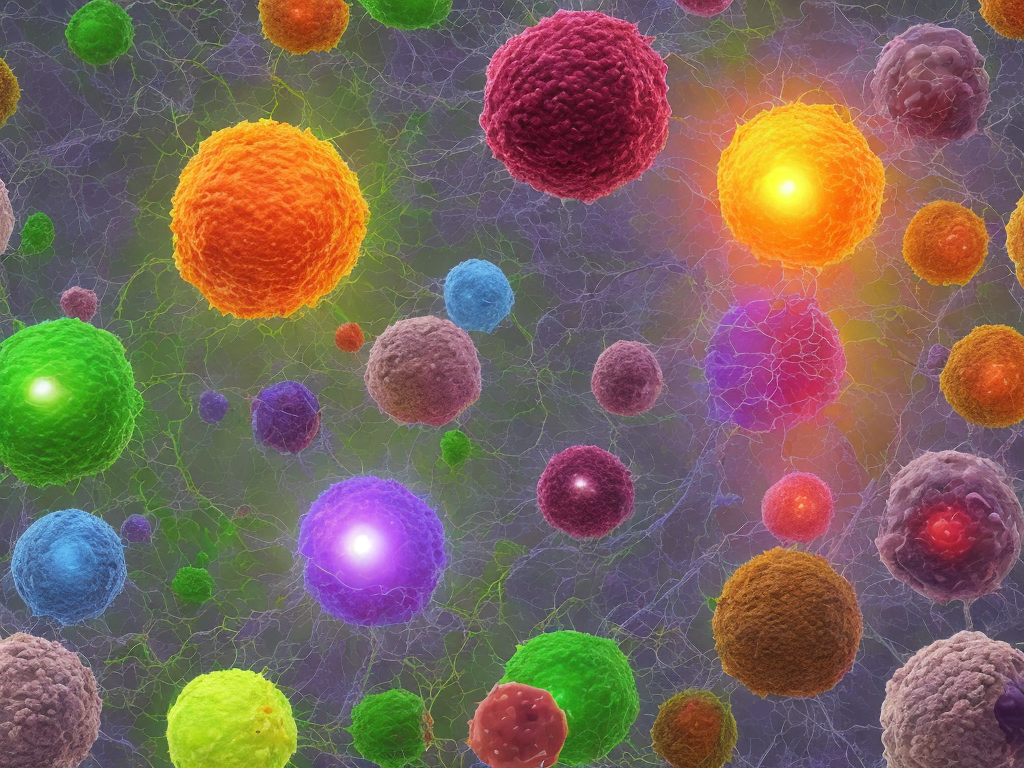
The immune system is tasked with the responsibility of protecting the human body against different forms of infections. The system comprises different cells that work together to ensure optimal protection against infections.
Two types of cells are involved in the immune system response against infections - Natural killer (NK) cells and T-cells (TC cells). Although these two cell types work towards the same goal, they differ by their mode of action, origin, and prevalence in the body.
The following are some of the differences between NK cells and T-cells:
Origin and development
NK cells are innate immune cells that originate from bone marrow cells and differentiate into dendritic cells, monocytes, and macrophages in response to certain stimuli. The cells are produced in the bone marrow and are named natural killers due to their ability to kill infected cells rapidly. These cells circulate in the blood and can detect and directly kill infected cells.
On the other hand, T-cells are a type of adaptive immune cell that undergo complex development and differentiation processes. These cells originate from bone marrow stem cells but further mature in the thymus. They are produced by the thymus gland, where they undergo an intricate selection process that eliminates cells that are likely to cause autoimmune responses. T-cells differentiate into various subsets, including helper T-cells (Th), cytotoxic T-cells (Tc), and regulatory T-cells (Treg).
Mode of Action
NK cells work rapidly by recognizing and directly destroying cancerous cells, infected cells, and cells under stress. They attack cells that do not display human leukocyte antigen (HLA). HLA molecules are proteins that help identify healthy cells. They recognize and bind to infective cells in the body and kill them through cellular mechanisms.
T-cells have a more intricate mechanism of action. They recognize infected cells by identifying the foreign antigen. Antigen is a protein that triggers an immune response in the body, signaling the presence of an infection. When an antigen binds to a specific T-cell receptor, it activates it. Once activated, the T-cell proliferates rapidly, and the progeny differentiate into either helper T-cells or cytotoxic T-cells.
Helper T-cells bind to antigen-presenting cells (APCs) to trigger secondary immune responses, while cytotoxic T-cells bind to infected cells and destroy them using perforin and granzyme secretions.
Function
NK cells, as the name suggests, are responsible for identifying and governing the natural killer's immune response in the body. This cell type is responsible for the innate immune system's first line of response and serves as a bridge between the innate and adaptive immune response. NK cells are versatile and play a vital role in protecting the body from viral and bacterial infections.
T-cells, on the other hand, are key players in the adaptive immune response. They modulate the immune response by directing the production of antibodies by B-cells (another type of immune cell). They create a memory response by remembering and recognizing antigens to ward off future infections from the same pathogen. T-cells are also responsible for the development of immunological tolerance, which prevents premature immune responses that could damage healthy tissues.
Relation to cancer
Both T-cells and NK cells play a crucial role in cancer immune-surveillance. They detect and eliminate cancer cells from the body. NK cells can kill cancer cells without prior exposure to the antigen, which is known as missing self-recognition. This reduces the chance of cancer cells developing a mechanism to evade the immune response.
T-cells also play an essential role in cancer immune-surveillance, but their mode of action is slightly different. They recognize cancer cells as foreign and develop specific responses to kill those cells. T-cells can be removed from the body, engineered to recognize cancer cells and boosting their response before returning them to the body (known as chimeric antigen receptor T-cell therapy). This therapy is essential in the management of different types of cancer, effectively targeting and killing cancer cells with minimal side effects.
Conclusion
Natural killer cells and T-cells are essential components of the immune system tasked with the responsibility of detecting and eliminating infected and cancerous cells from the body. They differ by their mode of action, origin and development, and function in mediating immune responses. Understanding the differences between the two cell types is critical in developing effective immunotherapeutic strategies targeting different types of diseases, especially cancer.
 Self-Instruct
Self-Instruct